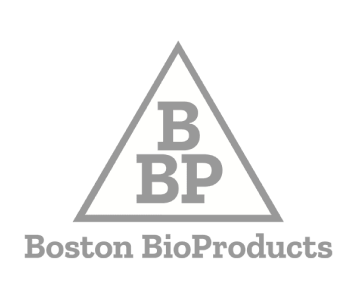Sodium Cacodylate Buffer (0.1 M, pH 6.5)
CAT#: BB-174
- Useful in biochemistry and molecular biology techniques
- Often used as a fixative in electron microscopy, and a pH regulator in protein research
- Ready-to-use solution tested for pH
Available sizes:
Product Description
The Sodium Cacodylate Buffer is a reagent commonly used in biological research. It is an aqueous organic compound producing inorganic trivalent arsenic when metabolized. This solution has a buffering range between 5.1-7.4, making it suitable for many experimental conditions. In microscopy, Sodium Cacodylate maintains pH levels during tissue fixation, and is also used in protein crystallization as a precipitant. It plays a role in DNA condensation, melting, and ribozyme folding investigations.
Specifications
| Method: | Filtered through 0.22-micron filter. |
|---|---|
| Storage: | Room Temp. |
| pH: | 6.50 ± 0.20 |
| QC Testing: | Appearance, pH |
| Component Name | CAS | Molecular Weight | Concentration |
|---|---|---|---|
| Sodium Cacodylate Trihydrate | 6131-99-3 | 214.03 | 100 mM |
| Hydrochloric Acid (6 N) | 7647-01-0 | 36.46 | For pH Adjustment |
| Water | 7732-18-5 | 18.02 | Rest |

